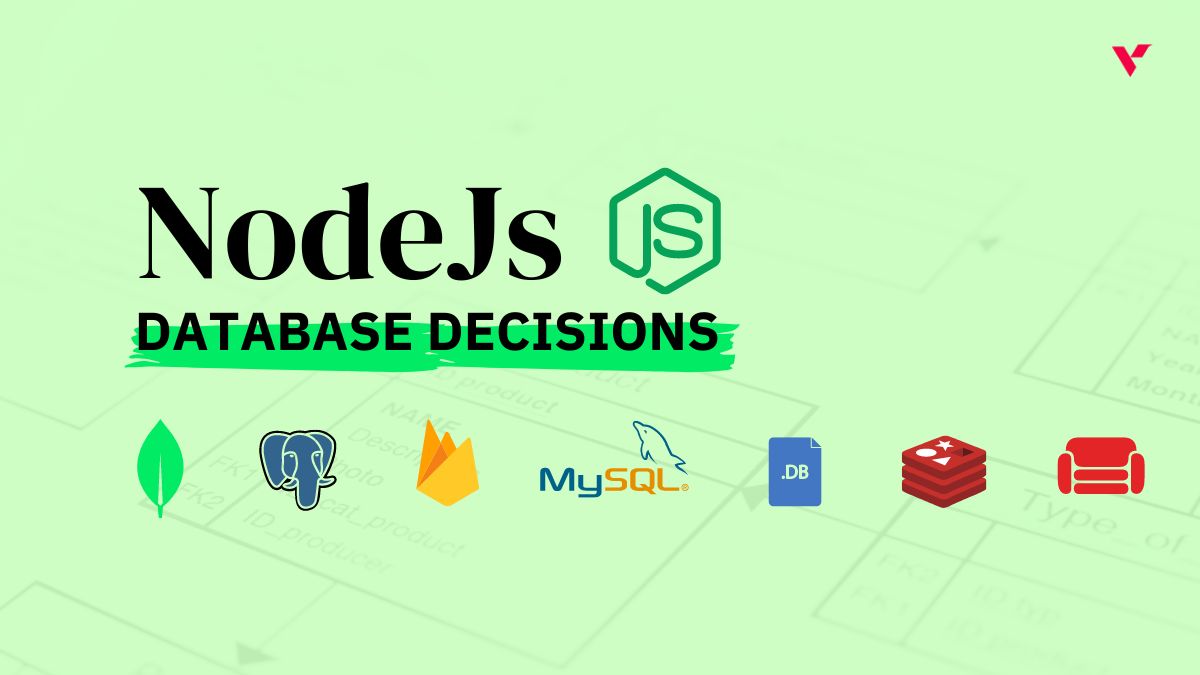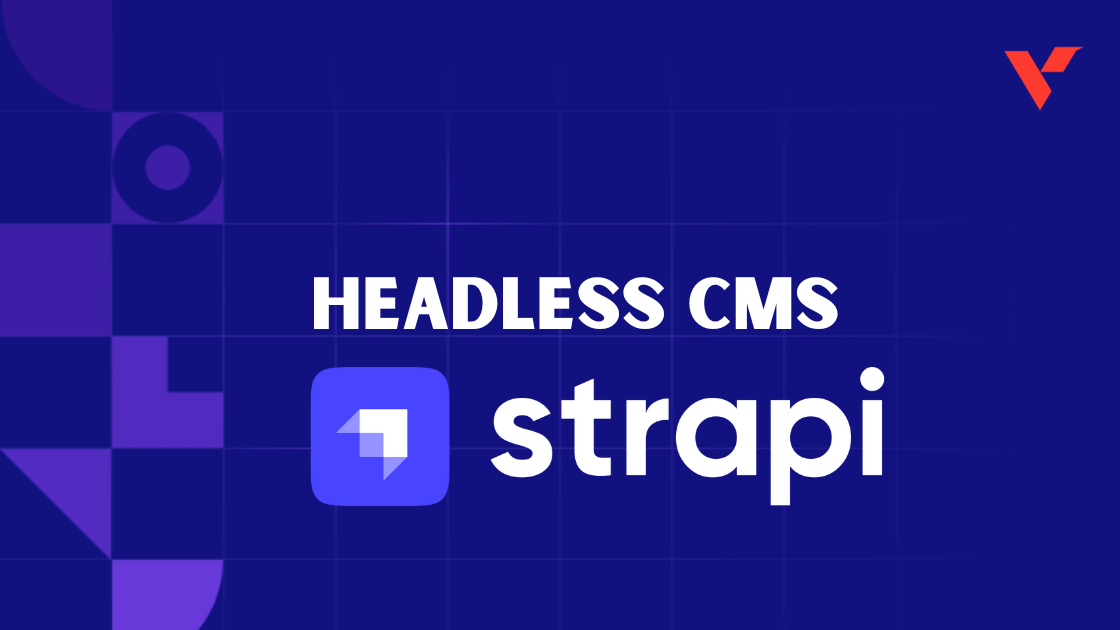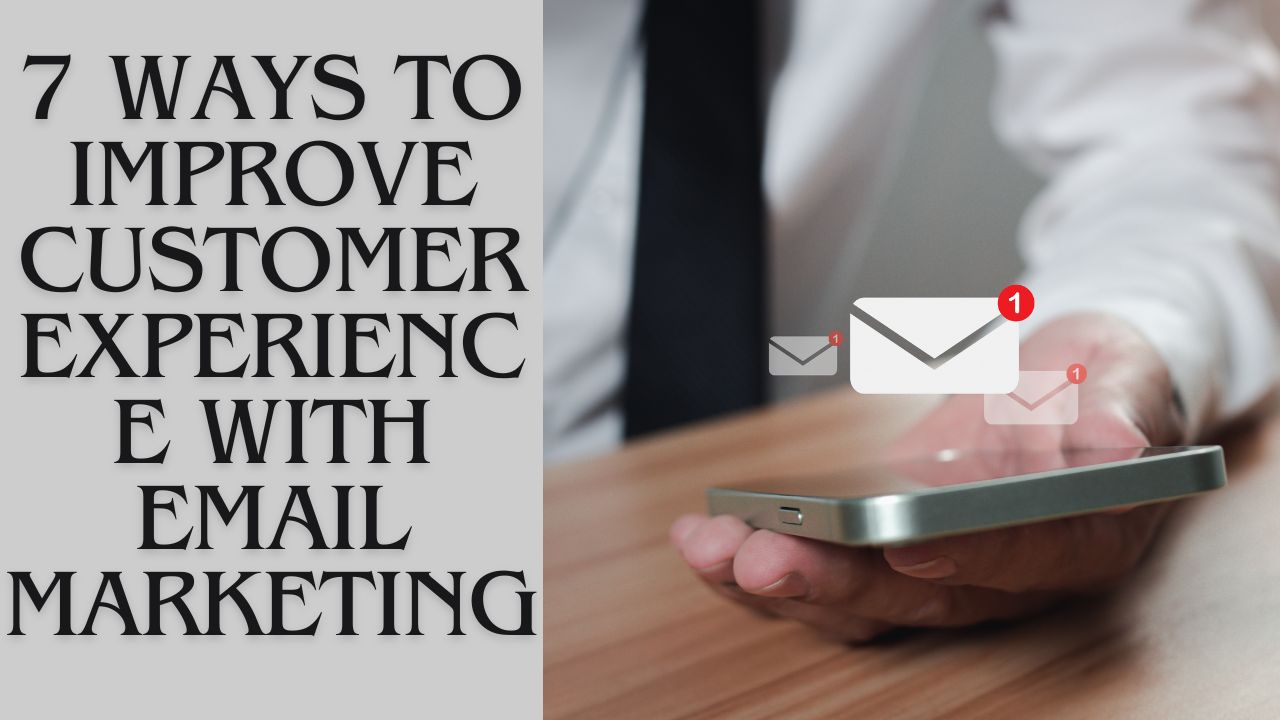Popular Tools by VOCSO
Around 90% of marketers use content marketing plans for promoting their products and services digitally. Content marketing has become an essential component of digital marketing. It involves creating and sharing valuable and relevant content with the aim of attracting and retaining a clearly defined audience. However, one of the most challenging aspects of content marketing is determining the cost. Content marketing pricing can vary significantly, depending on a variety of factors. In this article, we’ll explore the different factors that influence content marketing pricing and provide you with some tips on how to determine the right budget for your content marketing campaign.
I’ll also break down the costs associated with content marketing in 2023, including the factors that impact pricing, the various pricing models used by content marketing agencies, and how to determine what pricing model is best for your business. By the end of this blog, you’ll have a better understanding of how to budget and plan for your content marketing needs in 2023.
Table of Contents
Content marketing: A few interesting quotes
“Content marketing is a commitment, not a campaign.”
– Jon Buscall
“The best way to sell something: is to not sell anything.” “Earn the awareness, respect, and trust of those who might buy.”
– Rand Fishkin
“Your top of the funnel content must be intellectually divorced from your product but emotionally wed to it.”
– Joe Chernov
What is content marketing?
In order to draw in and keep the attention of a target audience and ultimately encourage profitable consumer action, content marketing requires producing and disseminating valuable, pertinent, and engaging material. This is also the most effective marketing strategy where marketers always make mistakes.
The secret to content marketing is that it doesn’t focus on explicitly advertising a commodity or service. It is instead important to provide content that connects with your target audience and offers them insightful knowledge, enjoyable entertainment, or inspirational material. You can position your business as a thought leader in your sector and foster long-lasting relationships with your audience by establishing trust and authority through your content.
There are many other ways to use content marketing, such as blog articles, social media updates, videos, infographics, podcasts, and more. In order to reach your audience where they are most engaged, the most effective content marketing techniques entail producing a range of content types and distributing them across different platforms.
The ability to increase organic website traffic and search engine rankings is one of content marketing’s main advantages. You may increase the number of visits to your website and the likelihood that they will become customers by producing relevant, high-quality content that is optimized for search engines.
All things considered, content marketing and content optimization are effective strategies to raise brand recognition, develop thought leadership, and encourage profitable client behavior. It can be successful with the appropriate plan and execution.
How much does content marketing cost?
Any effective digital marketing plan now must include content marketing. To draw in and keep a target audience with a well-defined demographic, entails producing and sharing valuable, pertinent, and consistent content. The question “How much does content marketing cost?” This is one of the most frequently asked by businesses and marketers. The cost of content marketing depends on a number of variables, including the type of content, the frequency of publication, and the level of expertise needed, therefore the answer is not simple. In this post, we’ll talk about the price of content marketing in terms of content updates, content research, and material for websites, blogs, and social media.
A. Content research cost
Research is the first stage in producing content, and it costs money. The process of conducting content research includes obtaining facts, figures, and perceptions about your target market, competitive landscape, and market trends. A professional researcher or analyst may be needed for this labor-intensive process. The price can range from $100 to $25000 depending on how complicated the study is. But, if you want to produce relevant and interesting content that connects with your audience, you must invest in high-quality research.
B. Website content cost
The expense of website content: Your website serves as the cornerstone of your online presence, and it is essential for bringing in visitors and turning them into paying clients. The price of your website’s content is based on how big and complicated it is. While a huge e-commerce website with hundreds of pages may cost as much as $20,000, a small business website with a few pages might cost between $500 and $1,500. For your website to rank highly and convert visitors into customers, you must invest in high-quality website content that is both user- and search-engine-friendly.
C. Blog content cost
The expense of blog content: Blogging is a powerful tool for building your brand’s influence in your sector and attracting visitors to your website. The price of blog content varies according to how frequently it is published and how much skill is needed. While a more in-depth essay or white paper may run you several hundred or even thousands of dollars, a 2000-word blog post may cost you $100 to $2000. To keep your audience returning for more, it is crucial to invest in high-quality blog content that is pertinent, educational, and interesting.
D. Social media content cost
Social media marketing is the key part of content marketing where online businesses spend a lot of money and time. The price you pay for social media content might vary between $1000 – $5000 depending on a variety of variables. The number of channels you use is one of the most important considerations. You can generally reach more customers by using more channels, but it’s crucial to make sure you’re focusing on the ones that your audience actually utilizes.
The number of posts every week is another aspect. You can anticipate paying more if you post frequently than if you only post once a week.
Another crucial factor is monitoring and reporting. You may optimize your content for optimum Return by taking advantage of the services that some content marketing companies include in their content plans. Yet the cost of this functionality is frequently higher.
Finally, the total cost of your social media content may be impacted by your ad spending. You can make sure you’re reaching the most customers for the least amount of money by keeping an eye on your advertising budget.
E. Content updates cost
In order for the content to stay current and useful, it must be continually updated and maintained. The price of old content updates varies depending on the type of content and how frequently it is updated. A simple content update could run you $2000 to $10000, whereas a more involved upgrade or redesign could cost you hundreds or even thousands. To keep your material fresh and interesting for your audience, you must invest in ongoing content updates.
Content marketing models
Content marketing has become a crucial aspect of modern marketing strategies. It involves creating and sharing valuable and relevant content with the target audience to attract, engage, and retain them. The content marketing process includes various steps, such as research, planning, creation, distribution, and analysis. To implement a successful content marketing strategy, companies can choose from three models: Freelancers, In-house, and Agencies. Each model has its own advantages and disadvantages, and companies must choose the one that best suits their needs and resources.
A. Freelancers:
The freelancers model involves hiring independent contractors to create content for your company. Freelancers can include writers, designers, social media managers, and other content creators who work remotely. This model can be cost-effective for small companies or those with limited resources, as freelancers are often more affordable than full-time employees.
One of the key benefits of the freelancer model is that it offers access to a broader pool of talent. Freelancers can bring specialized skills and expertise to your content marketing strategy that your in-house team may not have. For example, if your company wants to create videos, you can hire a freelance video producer with experience in that area.
However, the freelancer model also has its drawbacks. One of the biggest challenges is managing multiple contractors, each with its own schedules, communication preferences, and work styles. This can lead to coordination issues and delays in content delivery. Additionally, freelancers may not be as invested in your company’s success as full-time employees, which can impact the quality of their work and commitment.
B. In-house:
The in-house model involves creating a dedicated content marketing team within your company. This team handles all aspects of content creation, distribution, and analysis. This model offers greater control over the content marketing process and allows for closer collaboration with other departments within the company.
One of the benefits of the in-house model is that it allows for a deeper understanding of your company’s goals, values, and brand voice. The team members can work more closely with other departments, such as sales and customer service, to ensure that the content aligns with the company’s overall strategy.
However, the in-house model can also be more expensive than the freelancer model, as it requires hiring full-time employees with benefits and salaries. Additionally, the team may not have access to the same level of expertise and specialized skills that freelancers or agencies can offer.
C. Agencies:
The agency model involves partnering with a content marketing agency to develop and execute your content marketing strategy. Agencies offer a wide range of services, including content creation, distribution, and measurement. They can also provide access to specialized tools and technology.
One of the benefits of the agency model is that it allows for a scalable and flexible content marketing strategy. Agencies can offer a range of services and expertise, allowing companies to outsource specific aspects of content marketing or entire campaigns. Additionally, agencies have experience working with multiple clients and can provide valuable insights and best practices.
However, the agency model can also be more expensive than the other models, as agencies typically charge fees based on project scope and scale. Additionally, companies may have less control over the content creation process, as the agency may prioritize its own vision and style over the companies.
What do content plans include?
Content planning is a crucial element of any successful marketing strategy. A content plan outlines the specific types of content that a brand or company will produce and share with its target audience. There are many different types of content that can be included in a content plan, including blog posts, social media updates, infographics, motion graphics, custom videos, and more. In this article, we will explore each of these content types in more detail, highlighting the unique benefits and advantages of each.
A. Blog Posts and Articles:
One of the most common types of content included in a content plan is blog posts and articles. Blogging is a powerful way to connect with your audience and establish yourself as a thought leader in your industry. When done correctly, blog posts can help you increase traffic to your website, generate leads, and build your brand’s reputation. Blogging is an excellent way to share your insights, offer solutions to your audience’s problems, and establish a connection with your readers.
When planning your blog content, it’s important to consider your target audience and what topics will interest them the most. You can brainstorm ideas based on your industry trends, frequently asked questions, and feedback from your existing customers. Once you have a list of potential blog topics, you can prioritize them based on relevance, potential impact, and ease of creation.
B. Social Media Monitoring:
Social media monitoring is another important element of content planning. Social media platforms are an excellent way to connect with your audience and engage with them on a regular basis. However, with so many different social media platforms out there, it can be challenging to keep track of everything.
Social media monitoring involves keeping an eye on your social media accounts and monitoring activity around your brand. This can include monitoring comments, likes, shares, and mentions of your brand across various platforms. By keeping an eye on social media activity, you can identify potential opportunities for engagement, stay on top of customer feedback, and track the success of your social media campaigns.
C. Infographics and Motion Graphics:
Infographics and motion graphics are visual representations of information or data that can help your audience understand complex topics or statistics. Infographics are typically static, while motion graphics involve animated elements.
One of the primary benefits of infographics and motion graphics is that they can help you convey information in a way that is more engaging and memorable than text alone. They can also help you simplify complex concepts and make data more approachable for your audience. When creating infographics and motion graphics, it’s essential to focus on a clear and compelling design that effectively communicates your message.
D. Custom Videos:
Custom videos are another powerful tool that can be included in a content plan. Videos are a highly engaging form of content that can help you connect with your audience in a more personal and emotional way. Videos can be used to tell a story, showcase your products or services, or share your brand’s mission and values.
Factors to consider when determining your content marketing pricing model
A. What is the goal of your content marketing campaign?
The first factor to consider when determining your content marketing pricing model is the goal of your campaign. This will help you understand what type of content you need to create and how much effort and resources you will need to put into it.
Defining your target audience and their content needs: To create effective content that resonates with your target audience, you need to understand their content preferences and needs. This involves researching their demographics, psychographics, behaviors, and pain points to determine the type of content they consume and the channels they use to access it. The more specific and targeted your content is, the more value it will provide to your audience, and the more likely they will engage with it.
Content formats and channels: Content can be delivered in various formats, such as blog posts, videos, podcasts, infographics, and social media posts. Each format requires different levels of effort, skills, and resources, so it’s essential to choose the right format that aligns with your content marketing goals and audience preferences. You also need to consider the channels you use to distribute your content, such as your website, social media, email, or paid advertising, as each channel has its unique costs and effectiveness.
The level of personalization: Personalization is an increasingly important factor in content marketing, as it helps you create more relevant and targeted content that resonates with your audience. Personalization can be achieved by segmenting your audience based on their preferences, behaviors, and demographics, and creating tailored content that addresses their specific needs and pain points. However, personalization also requires more resources and effort, as it involves creating multiple versions of the same content and analyzing the data to optimize its effectiveness.
Overall, the goal of your content marketing campaign should be aligned with your business objectives and provide value to your target audience. The factors mentioned above should guide you in determining the right content marketing pricing model that suits your budget and delivers the desired results.
B. Calculating the cost of your content marketing campaign
After determining the goal of your content marketing campaign, the next factor to consider when determining your pricing model is the cost of your content marketing campaign. Here are three key areas to consider when calculating the cost:
Content creation and distribution: The cost of content creation and distribution includes expenses related to research, ideation, writing, editing, design, and distribution of your content. You need to consider the level of expertise and skills required to create high-quality content, such as hiring writers, designers, photographers, and videographers, or outsourcing to freelancers or agencies. You also need to consider the costs of content distribution, such as website hosting, social media advertising, email marketing, or paid promotion.
Technology and tools: The cost of technology and tools includes expenses related to software, hardware, and infrastructure used to create, manage, and distribute your content. This includes content management systems (CMS) or website builders, email marketing software, social media scheduling or automation tools, analytics platforms, and project management tools, SEO tools, video marketing tools, content idea generator tools, keywords tools, etc. You need to consider the cost of licensing, maintenance, and upgrades of these tools, as well as the cost of training and support for your team.
Analytics and reporting: The cost of analytics and reporting includes expenses related to measuring and analyzing the effectiveness of your content marketing campaign. This includes the cost of analytics platforms, data visualization tools, and reporting software. You need to consider the cost of data collection, analysis, and reporting, as well as the cost of hiring analysts or outsourcing to agencies.
C. How much content do you want to create?
The amount of content you want to create is another factor to consider when determining your content marketing pricing model. The quantity of content you produce will affect your budget, resources, and the level of effort required. Here are some key points to consider:
Quality vs. Quantity: While creating more content can increase your chances of reaching a wider audience, it’s essential to prioritize quality over quantity. High-quality content that provides value to your audience is more likely to engage them and lead to conversions. Therefore, you should focus on creating a balance between quality and quantity, depending on your goals and resources.
Content Calendar: Creating a content calendar can help you plan and organize your content production schedule. It allows you to distribute your content more effectively and consistently across multiple channels, which can increase your brand’s visibility and engagement. You need to consider the frequency and volume of your content production, as well as the time and resources required to create and distribute it.
D. What type of content do you want to create?
The type of content you want to create is another factor to consider when determining your content marketing pricing model. Different content formats require different levels of skills, resources, and budgets. Here are some key points to consider:
- Audience Preferences: The type of content you create should align with your audience’s preferences and needs. For example, if your audience prefers video content, you should invest in creating more video content that resonates with them. You should also consider the channels your audience uses to access your content, such as social media, email, or website.
- Content Formats: There are various content formats you can choose from, such as blog posts, videos, podcasts, infographics, e-books, whitepapers, webinars, and social media posts. Each format requires different levels of skills, resources, and budgets, so you need to choose the formats that align with your goals and audience preferences.
- Content Mix: Creating a diverse mix of content formats can help you engage your audience more effectively and cater to their preferences. For example, you can create blog posts, videos, and social media posts that address the same topic but in different formats to reach a wider audience.
In summary, determining the type and amount of content you want to create is crucial when determining your content marketing pricing model. You need to consider your audience preferences, resources, and goals to ensure that you can deliver high-quality content that resonates with your target audience while staying within your budget.
Common content marketing pricing strategies and their pros and cons
A. Flat Fee Pricing
Flat fee pricing is a common pricing model used in content marketing strategy. This pricing model involves charging clients a fixed fee for a set of predetermined services or deliverables.
In content marketing, flat fee pricing can be used to offer services such as blog post creation, social media management, email marketing campaigns, or other content creation and promotion services. The flat fee pricing model is often preferred by clients as it offers transparency and predictability in terms of pricing, making it easier for them to budget and plan their content marketing strategy.
Here are some pros and cons of using flat fee pricing in content marketing:
Pros:
- Transparency: Flat fee pricing offers transparency and predictability in terms of pricing, making it easier for clients to budget and plan their content marketing strategy.
- Stability: Flat fee pricing can provide a stable and predictable revenue stream for the content marketing service provider, allowing them to plan their workload and allocate resources accordingly.
- Simplicity: Flat fee pricing is simple and straightforward, making it easy for clients to understand and compare pricing among different service providers.
- Client satisfaction: By providing clear pricing and deliverables, flat fee pricing can help ensure client satisfaction, which can lead to repeat business and positive referrals.
Cons:
- Difficulty estimating time and resources: Accurately estimating the time and resources required to deliver services or deliverables can be a challenge, particularly for complex projects that require a high level of customization.
- Risk of underpricing: Providers may underprice their services if they do not accurately estimate the time and resources required, which can result in lower profits or a loss.
- Limited flexibility: Flat fee pricing may not allow for much flexibility if the project scope changes or if the client requires additional services outside of the original agreement.
- Potential conflict over deliverables: Clients may expect more deliverables than what was agreed upon in the pricing agreement, which can lead to conflict and dissatisfaction.
When is flat fee pricing the right choice?
Flat fee pricing is often the preferred pricing strategy for content marketing services when the scope of the project is clearly defined, and there is little chance of the project going beyond its expected scope. This pricing model is beneficial for clients who have a fixed budget for their content marketing needs and want to avoid any unforeseen expenses.
Flat fee pricing is particularly useful for small, one-off projects or for clients who need a specific task completed, such as writing a blog post or creating a social media campaign. With flat fee pricing, the client knows upfront how much they will pay, and the service provider knows exactly what is expected of them.
What are the risks of flat fee pricing?
The main risk of flat fee pricing is that if the project scope changes, the service provider may not be compensated for the additional work required. This can result in the service provider feeling undervalued and underpaid, leading to a decrease in the quality of work.
Another risk is that the client may expect unlimited revisions or changes to the content, which can cause delays and additional costs to the service provider. It is important to have a clear understanding of what is included in the flat fee and any limitations or restrictions that may apply.
B. Performance-Based Pricing
Performance-Based Pricing in content marketing is a payment model where a marketer pays a content creator based on the performance of the content. The performance can be measured in different ways, such as clicks, leads, conversions, or revenue generated. This means that the marketer only pays for the results they get from the content, rather than paying for the content itself.
Pros of performance-based pricing in content marketing:
- Risk mitigation: This pricing model can reduce the risk for the marketer as they only pay for the results generated by the content, rather than investing a large sum of money upfront.
- Incentivizes results: Since payment is based on performance, content creators have a strong incentive to produce high-quality content that generates the desired results.
- Better alignment of interests: The content creator and marketer have a shared interest in the success of the content, which can lead to a more collaborative and productive partnership.
Cons of performance-based pricing in content marketing:
- Limited control: Marketers have limited control over the quality and scope of the content, which can lead to inconsistencies in messaging and branding.
- Quality concerns: Content creators may prioritize quantity over quality in order to generate more results and get paid more, which can result in lower-quality content.
- Difficulty in measuring performance: Measuring performance accurately can be challenging, and disputes may arise between the marketer and content creator over what constitutes a “result.”
When is performance-based pricing the right choice?
Performance-based pricing is a pricing model in which the cost of services is based on the results or outcomes achieved. This model is often used in content marketing and other digital marketing services. Here are some situations in which performance-based pricing may be the right choice:
When there is a high degree of uncertainty: Performance-based pricing can be a good option when there is a high degree of uncertainty about the outcome of a project or campaign. This is often the case in digital marketing, where there are many variables that can affect the success of a campaign.
When the goals are clear and measurable: Performance-based pricing works best when the goals are clear and measurable. This allows both the client and the service provider to agree on what constitutes success and how it will be measured.
When there is a good working relationship: Performance-based pricing requires a high degree of trust and collaboration between the client and the service provider. This is because both parties are invested in achieving the desired outcome, and both parties have a stake in the success of the project.
What are the risks of performance-based pricing?
While performance-based pricing can be a good option in some situations, it does come with some risks. Here are some potential drawbacks to consider:
Risk of underperformance: If the service provider is not able to achieve the desired outcomes, they may not be compensated adequately for their time and effort. This can create a situation where the service provider is taking on a lot of risks, and may not be fairly compensated if things don’t go as planned.
Difficulty in measuring success: While performance-based pricing is based on measurable outcomes, it can sometimes be difficult to measure success accurately. This is particularly true in content marketing, where it can be challenging to attribute specific outcomes to specific pieces of content.
Potential for conflict: Performance-based pricing can sometimes create conflicts between the client and the service provider. This is because both parties have a vested interest in achieving the desired outcomes, and disagreements can arise about what constitutes success and how it should be measured.
Difficulty in setting prices: Setting prices for performance-based pricing can be challenging. This is because the service provider needs to take into account the level of risk they are taking on, as well as the potential upside if they are able to achieve the desired outcomes.
C. Hourly-Based Pricing
Hourly-based pricing is a pricing strategy where a service provider charges the client for the amount of time spent on a project or task. The service provider typically sets an hourly rate, and the client pays for the actual hours worked.
Pros:
- Flexibility: Hourly-based pricing provides flexibility for clients to adjust their project scope or priorities as needed.
- Transparency: Clients have more visibility into the actual time spent on a project, and they only pay for the actual hours worked.
- No Overpayment: Clients only pay for the actual time and resources used, which can be beneficial if the project ends up requiring less time than expected.
- No underpayment: Service providers can be sure to be compensated fairly for the actual time and resources used.
Cons:
- Uncertainty: Hourly-based pricing can create uncertainty around the total cost of the project since it is difficult to estimate the number of hours required to complete a project.
- Conflict of Interest: Service providers may have the incentive to spend more time on the project to increase their billable hours.
- Scope Creep: Clients may request additional work outside of the original project scope, leading to higher costs.
- Disputes: Hourly-based pricing can lead to disputes over the number of hours worked or the quality of work delivered.
Hourly-based pricing can be the right choice when:
- The scope and duration of a project are uncertain, making it difficult to accurately estimate a flat fee.
- The project requires a flexible approach, with the ability to add or remove services as needed.
- The client has a limited budget and wants to have greater control over the project costs.
- The project involves ongoing work that will continue over a longer period of time, such as consulting or maintenance services.
- In these situations, hourly-based pricing can provide more flexibility and transparency in pricing, allowing the client to pay for only the time and resources actually used.
The risks of hourly-based pricing include:
- Uncertainty about the total cost of the project, can make it difficult for clients to budget and plan accordingly.
- A potential conflict of interest between the service provider and the client, as the provider may have the incentive to spend more time on the project to increase their billable hours.
- The risk of scope creep, where the client requests additional work that was not originally agreed upon, leads to higher costs.
- The potential for disputes over the number of hours worked and the quality of work delivered, which can strain the relationship between the client and service provider.
FAQ:
Q: How do I determine the best pricing model for my content marketing campaign?
A: The best pricing model for your content marketing campaign will depend on your goals, budget, and the needs of your target audience. Some common pricing models include cost per click (CPC), cost per impression (CPM), and cost per lead (CPL). You should consider factors such as the type of content you will be producing, the channels you will be using to distribute your content, and the metrics you will be tracking to measure success.
Q: What are the most common content marketing pricing strategies and their pros and cons?
A: The most common content marketing pricing strategies include a flat fee, hourly rate, project-based, and performance-based pricing. Flat fee pricing can be easy to understand and budget for, but may not take into account the level of effort required for each project. Hourly rate pricing can be more accurate in terms of reflecting the amount of work required but can be difficult to budget for. Project-based pricing can be effective for one-time projects, but may not be ideal for ongoing content marketing campaigns. Performance-based pricing can be effective in incentivizing results, but can also be risky if the expected results are not achieved.
Q: How can I ensure transparency in my content marketing pricing?
A: To ensure transparency in your content marketing pricing, you should clearly outline your pricing structure and any potential fees or charges. Be upfront about what is included in your pricing and what is not, and be prepared to answer any questions your clients may have. It is also important to provide regular updates and reports on the progress of your content marketing campaigns.
Q: How does content marketing pricing compare to traditional advertising costs?
A: Content marketing pricing can be more cost-effective than traditional advertising costs in many cases, as it focuses on creating valuable, informative content that is designed to attract and engage a specific target audience. Traditional advertising, on the other hand, typically involves paying for ad space or airtime, which can be more expensive and may not be as effective in reaching a targeted audience.
Q: What are the latest trends in content marketing pricing?
A: Some of the latest trends in content marketing pricing include an increased focus on performance-based pricing models, as well as a shift towards more personalized and interactive content. Many content marketing agencies are also offering bundled pricing packages that include a variety of services, such as content creation, social media management, and search engine optimization.
Conclusion
Pricing is a critical element of any content marketing strategy. By choosing the right pricing strategy for your business, you can attract new customers, retain existing ones, and ultimately improve profitability. Whether you choose a cost-based, value-based, or competition-based pricing strategy, it’s important to consider your business goals and competitive landscape carefully. With the right pricing strategy, you can achieve success in content marketing and beyond.


















